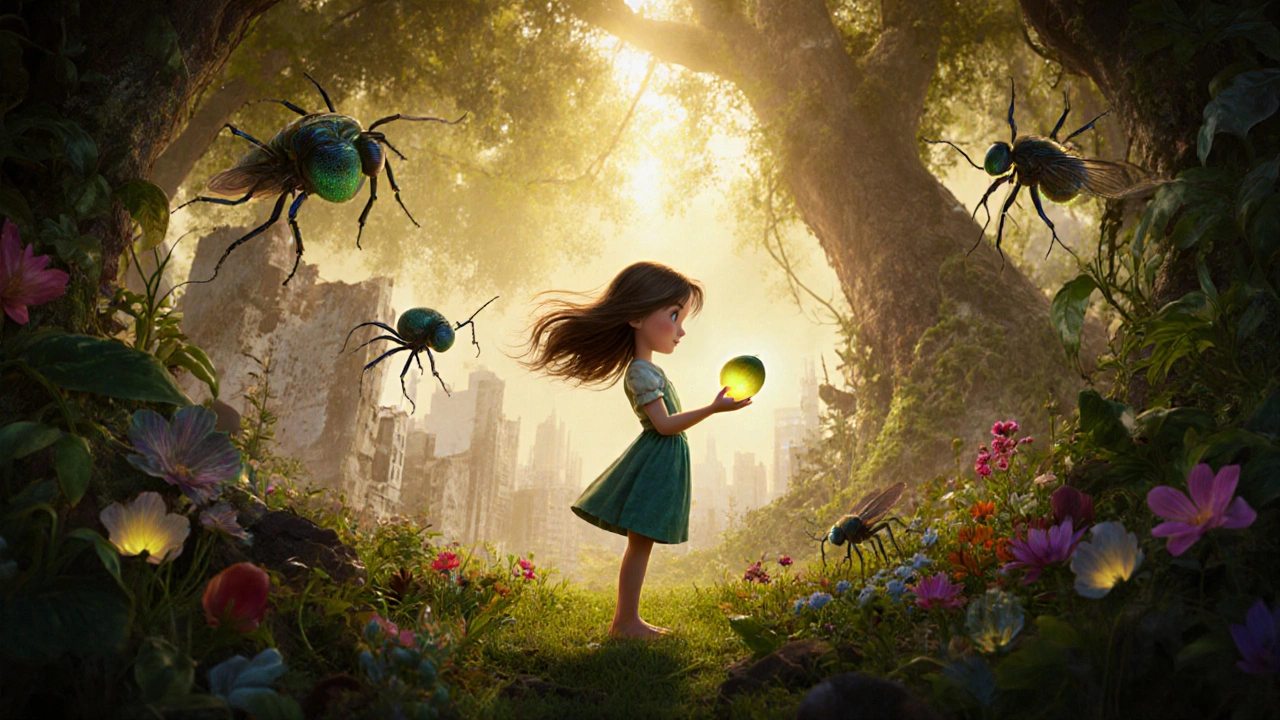Nausicaä: Studio Ghibli’s Eco-Warrior Queen and the Film That Changed Animation
Nausicaä, a 1984 animated film by Hayao Miyazaki, is a post-apocalyptic epic where a young princess navigates a toxic jungle and warring kingdoms to save humanity from itself. Also known as Nausicaä of the Valley of the Wind, it’s the film that launched Studio Ghibli and proved animation could carry deep, adult themes without losing wonder. This isn’t just a kids’ movie. It’s a quiet revolution wrapped in hand-drawn frames, asking hard questions about nature, war, and what it means to truly live.
Studio Ghibli, the legendary Japanese animation studio founded after Nausicaä’s success, became known for its emotional depth, environmental messages, and refusal to talk down to audiences. Before Hayao Miyazaki, the director behind Nausicaä, Spirited Away, and My Neighbor Totoro, who blends folkloric imagery with ecological urgency. became a household name, he poured his fears about nuclear fallout, industrial collapse, and human arrogance into this one film. Nausicaä doesn’t fight monsters—she understands them. She doesn’t destroy the Toxic Jungle—she listens to it. That’s what made it different. While other films showed heroes saving the world by force, Nausicaä saved it by empathy.
It’s no surprise that environmental cinema, a growing genre where nature isn’t just a backdrop but a character with agency. traces its modern roots back to this film. Think of the forests in Princess Mononoke, the ocean in My Neighbor Totoro, even the polluted Earth in Wall-E—they all carry echoes of Nausicaä’s warning: nature doesn’t need saving. We do.
What you’ll find in this collection isn’t just reviews or trivia. It’s the threads that connect Nausicaä to the bigger conversations in film: how animation can challenge power, how sound design builds emotional worlds, how female leads rewrite heroism, and why some stories stick with us decades later. These aren’t just movies. They’re maps to better ways of living.
Hayao Miyazaki's films blend environmental myth and the liberating power of flight to explore humanity's relationship with nature. Through hand-drawn worlds, he shows that healing isn't about winning-it's about seeing.
View More

